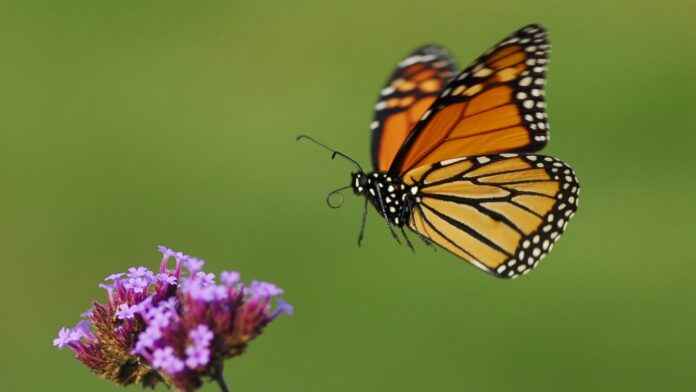Mexico is among the world’s most bio-diverse nations, with nearly 1,000 species of birds, and 1,500 species of mammals, reptiles and amphibians. Scientists estimate that almost 15% of Mexico’s plants and animal wildlife are found nowhere else on Earth, while over 70% of all known species of flora and fauna can be found in Mexico.
The total National Park land in Mexico is almost equal in size to Belgium and the Netherlands. These are conservation areas, protected by law from being developed or built-on. Some are areas of natural beauty and others are places where rare animals live or breed.
Protecting Endangered Species
Human activities and changes made to the natural environment have threatened some of Mexico’s rarer species, almost to the point of extinction. This is partly due to hunting and partly to the destruction of the species’ habitat (or sometimes because of chemical pollution).
The monarch butterfly is one of the endangered species. During winter, the butterflies migrate from the United States and Canada, flying as much as 3,000 miles to reach the warmer temperatures of Mexico.
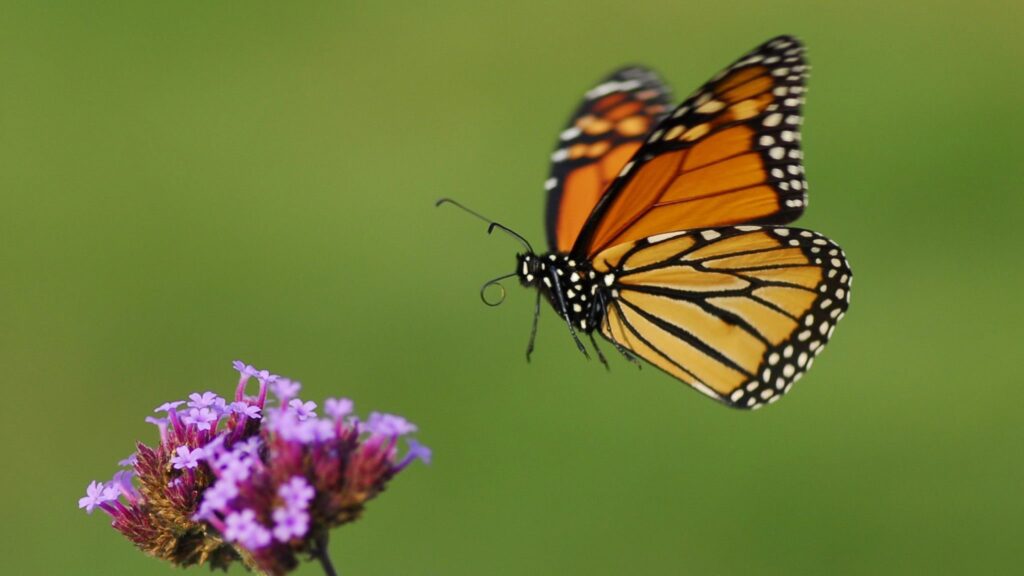
In the states of Mexico and Michoacán, the Oyamel trees where the Monarch butterflies like to hibernate, were being cut down to make way for development. However, in recent years the butterflies have been protected by preserving the trees and forest habitat.
Dolphins were another species in danger. The number of dolphins around the coast of Mexico fell because a lot were accidentally being caught in the nets of tuna fisherman. Tuna fishing is an important industry in coastal areas. Nowadays, the fishermen have changed their methods, so that whilst they continue to fish for tuna, the dolphins are safe.
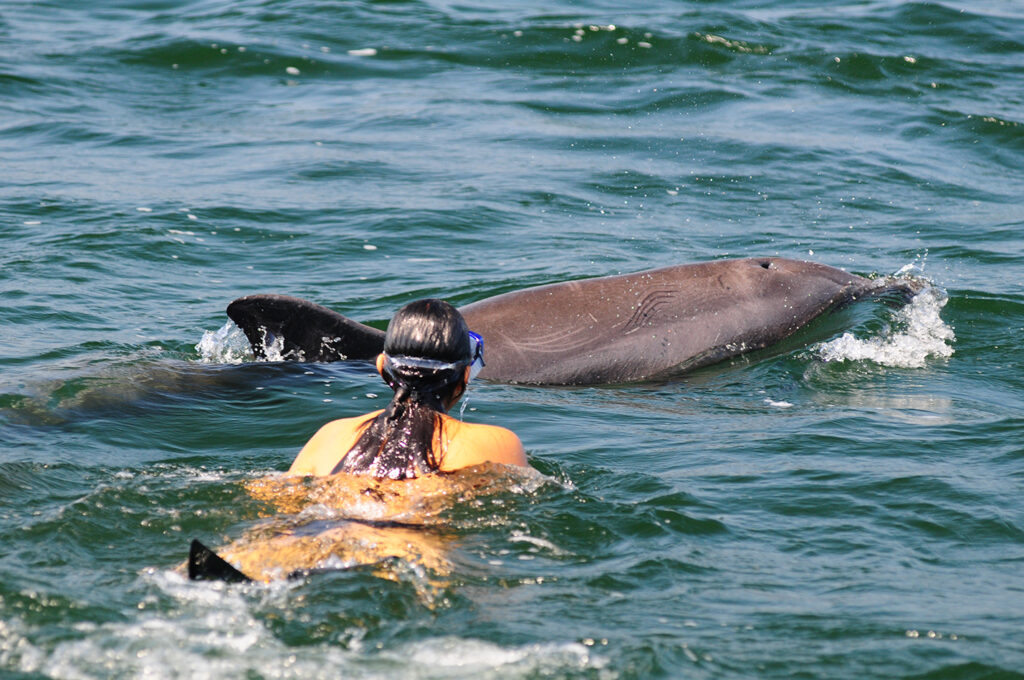
There are ten species of marine turtle which inhabit or visit the Pacific, Gulf, and Caribbean coastlines of Mexico to lay their eggs. Taking the eggs or selling them is a serious offense, so there are special protection areas on some beaches, where baby turtles are helped to survive.
When the turtles lay their eggs, they are brought by expert staff from open beaches to the special fenced “camps” to protect them from predators. Once hatched, they are released on the open beach. By instinct the turtles walk toward the sea, watched every step of the way by the camp staff. If they were not watched, many turtles would be eaten by predators even before they reached the sea.

In the Pacific, the grey whale chooses the coasts of Baja California to mate and give birth to its offspring. The whales migrate each year from the cold waters of Canada and the United States to the Ojo de Liebre lagoon where people can witness their mating rituals. The area has now been named a whale sanctuary. Mexico bans whaling in its waters, even though it has no tradition of whale hunting.
Mexico has also declared the coral reef in the Caribbean Sea a protected area. The Gama Reef (Gran Arrecife Maya) is part of the Yucatán Peninsula off the cost of Cozumel, an island to the south of Cancún.
This huge reef is the second largest in the world, and contains rare sea life such as black coral. The reef is studied for the diversity of its life and is important in protecting the coast from erosion. It is also a breeding ground for as many as 200 varieties of tropical fish.
The Sian Ka’an is an area made up of sea, tropical forests, flood jungles, marshlands, mangroves, lagoons, shallow ocean areas and a coral reef. It is famous for its 62 cenotes or natural wells. Some of the most endangered mammals in America such as the tapir and manatee live here, as well as wild cats such as jaguars, pumas, ocelots and jaguarundis.
There are also spider monkeys, white-tailed deer and 300 species of birds such as the stork, white ibis, the almost extinct jabiru, toucans and the Yucatán parrot.
Reptiles like crocodiles and sea turtles also inhabit the area.
Mexico’s wildlife varies according to the natural region. Here is a selection of wildlife that can be found in each region:
Rainforest: wild cats such as the ocelot, jaguar and jaguarundi; other mammals such as the spider monkey, armadillo, tapir and vampire bat; birds including eagles, toucans, parrots, humming-birds, and the famous and rare Quetzal.
You can also find reptiles such as crocodiles that live in rivers and lagoons, and many varieties of snake; and, of course, a large variety of spiders and insects (including the leaf-cutter ant and the praying mantis).
Temperate zones (where the animals have adapted to a long dry season with only summer rains): mammals such as the skunk, armadillo, and coyote; reptiles like the iguana, tortoise and axolotl; birds such as the Mexican falcon, the Chachalaca, the Zenzontle (mocking bird) and various hummingbirds.
Woodlands: mammals such as the racoon, the cacomixtle, squirrel, puma, brown bear, opossum, deer; and owls.
Dry areas of the north: Here, the animals have adapted to the extreme heat and shortage of vegetation. Scorpions, rattlesnakes (13 of the 15 American species live in Mexico) and kangaroo rats inhibit this area.
Some Animals Special to Mexico
The coatimundi (also called “coati”) is like a racoon, but it has a long, slender tail and a long, upturned snout. The coatis often travel in groups of ten or more, sometimes with their tails stuck straight up in the air.
The jaguarundi belongs to the cat family, but it looks more like a large weasel and, unlike most cats, enjoys swimming.
The jaguar is the largest of all the North American cats. It is strong and fierce, and was worshiped as a god by ancient cultures in Mexico.
The ocelot is a sleek, spotted cat, weighing twenty-five to thirty-five pounds.
The cacomixtle (also called “ringtail”) is known for its long, bushy tail, ringed by black and white stripes. It is about the size of a cat and leaps through the trees like a squirrel.
From the original: https://embamex.sre.gob.mx/reinounido/images/stories/PDF/Meet_Mexico/4_meetmexico-wildlifeandecology.pdf
We provide information and resources for visitors to Puerto Vallarta, areas of The Riviera Nayarit and other destinations in both states of Jalisco and Nayarit . You will find variety of content, including articles, blog posts, videos, photos, descriptions and interviews, all of which are designed to help visitors plan their trip, including attractions, restaurants, and events. https://promovisionpv.com/
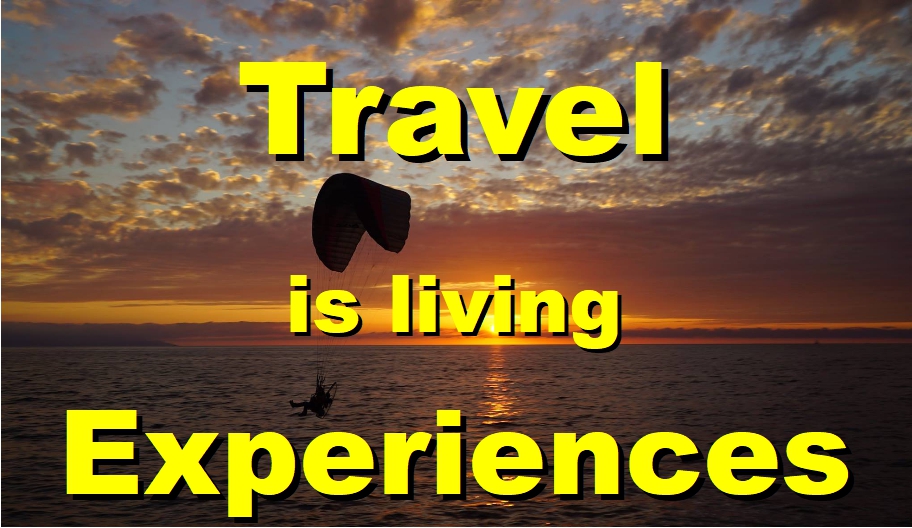
Visit and Subscribe to our YouTube Channel for more Puerto Vallarta – Riviera Nayarit 220+ videos: https://www.youtube.com/@promovision/videos
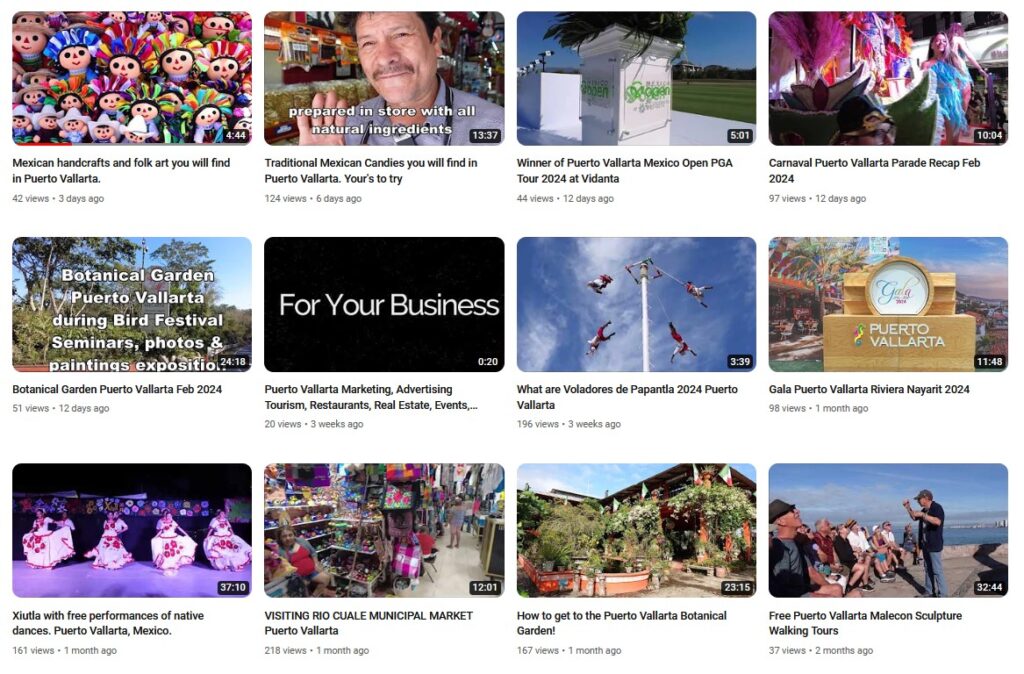
Web site: https://promovisionpv.com
YouTube: https://youtube.com/promovision/videos
Instagram: https://instagram.com/promovisionpv/
X: https://x.com/promovisionpv
LinkedIn: https://www.linkedin.com/in/ray-dion-48861926/
Threads: https://www.threads.net/@promovisionpv
Facebook: https://facebook.com/ray.dion.73
Blue Sky: https://bsky.app/profile/promovision.bsky.social
Marketing, Advertising Tourism, Restaurants, Real Estate, Events, Tours, Puerto Vallarta – Riviera Nayarit https://promovisionpv.com/marketing-advertising-tourism-restaurants-real-estate-events-tours-puerto-vallarta-riviera-nayarit-2/

